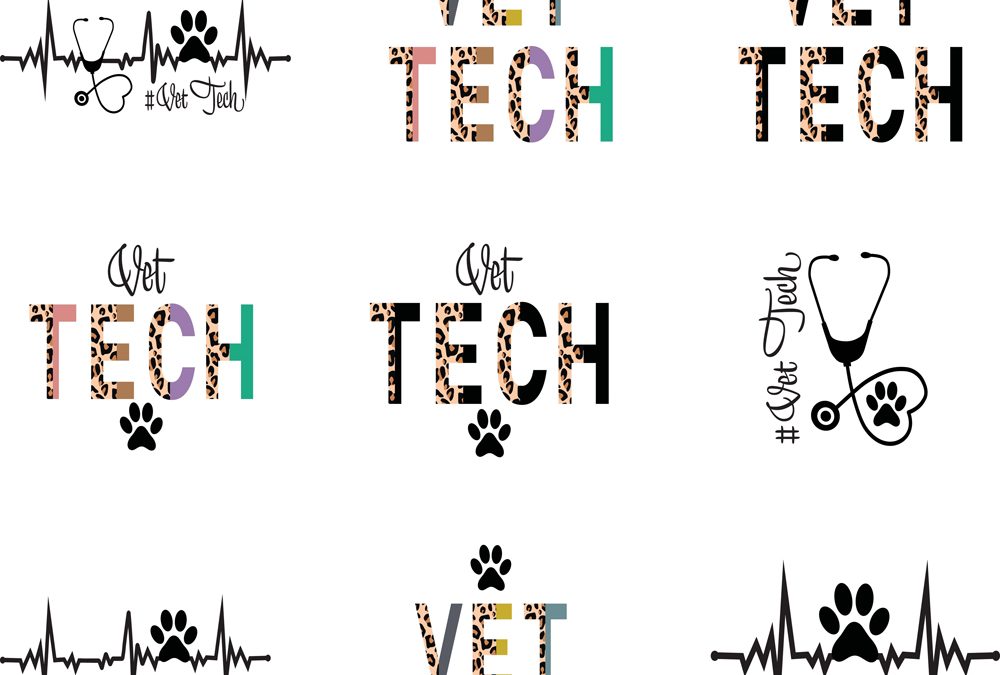In the Veterinary field, credentialed Veterinary technicians (CVT, LVT, LVMT, and RVT) play an essential role in ensuring the health and well-being of animals. Despite their critical contributions, many Veterinary organizations and governing bodies continue to make decisions that impact credentialed technicians without including them in the conversation. This lack of representation can lead to policies and regulations that do not fully address the needs and expertise of Veterinary technicians.
The Need for Inclusion in Decision Making
Decisions about the roles, responsibilities, and regulations governing Veterinary technicians should ideally involve those directly affected. However, credentialed technicians often find themselves excluded from these crucial discussions. This exclusion can result in a disconnect between the policies implemented and the realities of day-to-day practice, potentially hindering the growth and development of the profession.
The solution to this issue must be tackled from several angles, including advocacy, outreach, and education. These suggested solutions are described in more detail below.
Suggestions for Advocacy and Involvement
- Join Professional Associations: Becoming a member of organizations such as the National Association of Veterinary Technicians in America (NAVTA) and state Veterinary technician associations can provide a platform for technicians to voice their opinions, work together, and influence policy.
- Participate in Committees and Boards: Some Veterinary boards and committees are open to members willing to volunteer their time and expertise. Technicians should seek out these opportunities to ensure their perspectives are considered. For those boards and groups not currently open to technicians, technicians should inquire as to why they are excluded, and advocate for inclusion.
- Engage in Continuing Education: By staying informed about the latest developments in Veterinary medicine, technology, and policies, credentialed technicians can better advocate for themselves and their profession.
- Network and Collaborate: Building relationships with veterinarians and other stakeholders can help credentialed technicians gain support for their initiatives and demonstrate the value they bring to the field.
- Public Speaking and Writing: Sharing experiences and insights through blogs, articles, and public speaking engagements can raise awareness about the importance of including credentialed technicians in decision-making processes.
Overcoming Reluctance from Veterinarians
Despite the proven capabilities of skilled credentialed technicians, some veterinarians remain hesitant to allow technicians to take on higher roles or participate in decision making and legislative processes. This reluctance may stem from several factors, which are listed below.
- Lack of Awareness: Some veterinarians may not fully understand the depth of knowledge and skills that credentialed technicians possess.
- Traditional Hierarchies: The long-standing hierarchies in Veterinary practices can make it difficult for veterinarians to shift their perspective and delegate more responsibilities to technicians.
- Fear of Liability: Concerns about legal and professional liability can make veterinarians wary of expanding the roles of credentialed Veterinary technicians.
Educating Veterinarians on the Capabilities of a Credentialed Veterinary Technician
To bridge this gap, it is crucial to educate veterinarians on the extensive training and expertise of credentialed technicians. I’ve listed some strategies below.
- Workshops and Seminars: Organizing educational sessions that highlight the competencies of credentialed technicians can help veterinarians understand and appreciate their value.
- Demonstration of Skills: Allowing credentialed technicians to demonstrate their skills in practice can provide tangible evidence of their capabilities.
- Collaborative Practice Models: Implementing team-based care models where credentialed technicians and veterinarians work closely together can showcase the benefits of utilizing the full scope of a technician’s skills.
- Mentorship Programs: Pairing experienced credentialed technicians with veterinarians can facilitate knowledge exchange and foster mutual respect.
- Early Education: Including instruction in a Veterinary student’s early curriculum during Veterinary school focused on the education, skills, and credentialing process for Veterinary technicians will ensure that all future veterinarians understand and appreciate the contributions of these skilled members of the Veterinary profession.
Adding Value to Veterinary Practices
When veterinarians fully recognize and utilize the skills of credentialed technicians, it can lead to numerous benefits.
- Increased Efficiency: Delegating appropriate tasks to technicians allows veterinarians to focus on more complex medical cases, improving overall practice efficiency.
- Enhanced Patient Care: The specialized skills of technicians can contribute to better diagnostic and treatment outcomes for patients, as well as improve client compliance.
- Professional Growth: Empowering credentialed technicians to take on more significant roles can lead to higher job satisfaction and retention, benefiting the entire practice.
The inclusion of credentialed Veterinary technicians in decision-making processes is not just a matter of fairness; it is essential for the advancement of the Veterinary profession. By advocating for themselves and educating veterinarians about their capabilities, credentialed technicians can help shape a more inclusive and effective Veterinary field. Veterinarians, in turn, can benefit from recognizing the value that credentialed technicians bring, ultimately leading to improved patient care and a more dynamic practice environment.

